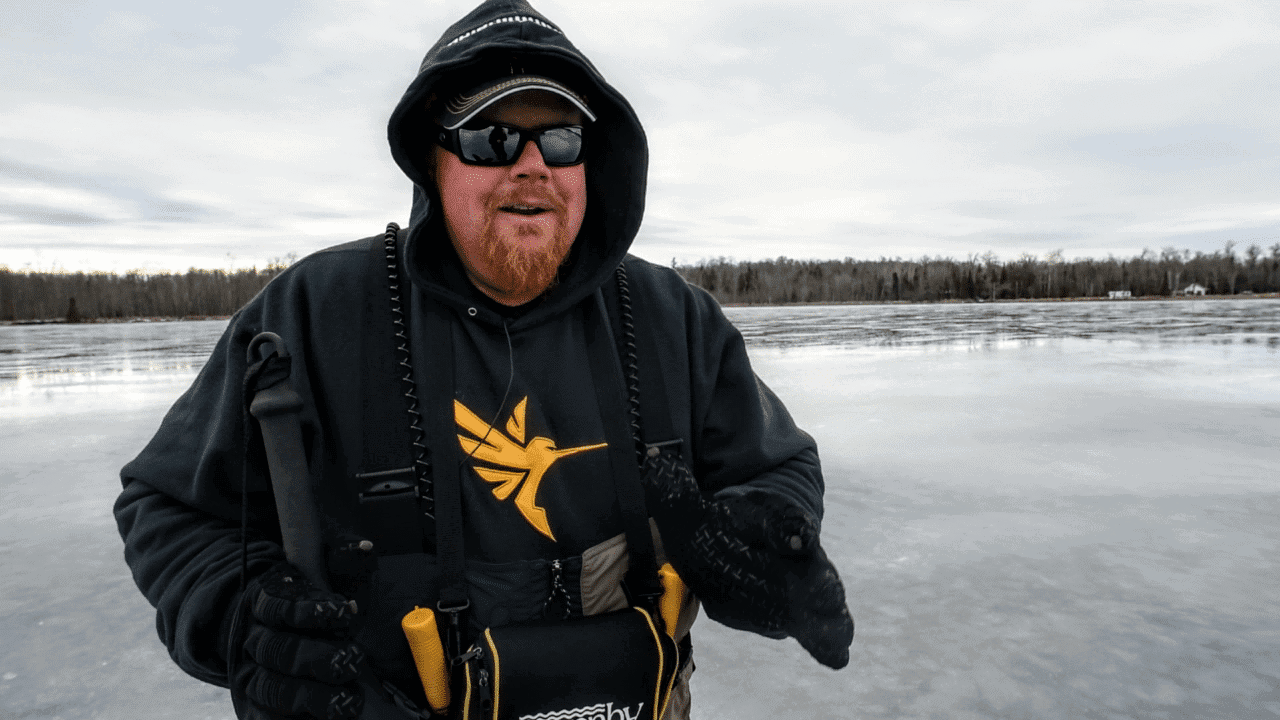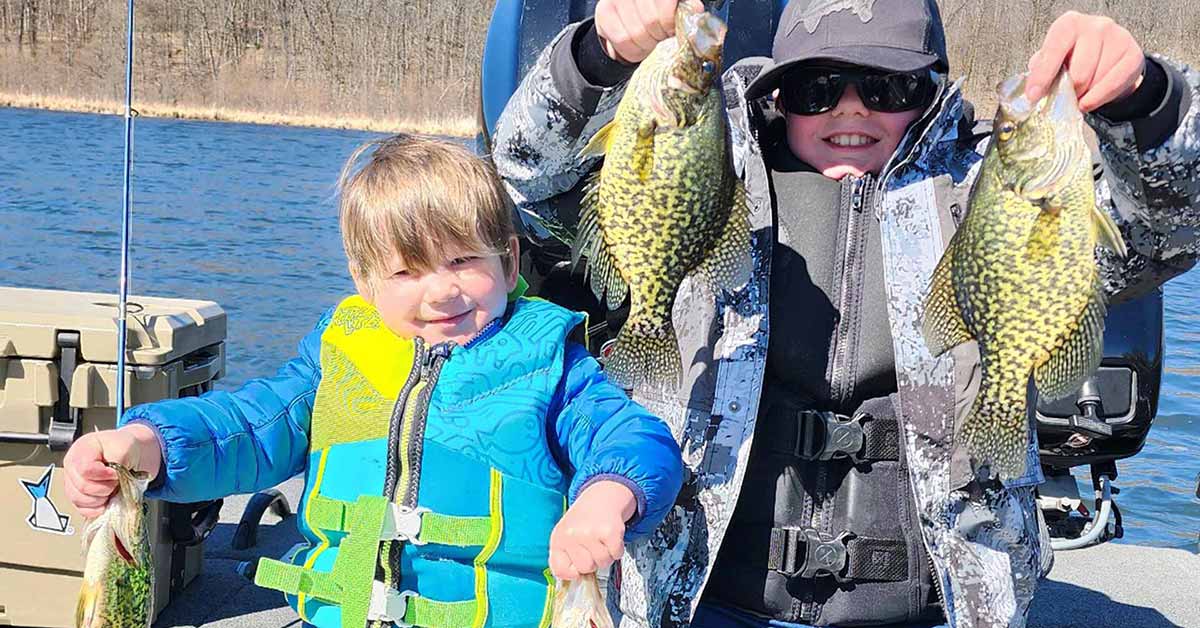Here in the north country, early ice is nothing to be trifled with. In this quicky video, Brian Brosdahl shares a few important reminders for all of you heading out onto thin ice this week.
Remember: if you don’t understand ice, don’t go, or go with someone who knows!
Introduction
As the winter season approaches, many ice fishing enthusiasts eagerly await the arrival of early ice. However, it’s important to prioritize safety when venturing out onto the frozen lakes. In this article, we will discuss some essential early ice safety tips to ensure a safe and enjoyable ice fishing experience.
1. Test the Ice
Before stepping onto the ice, it’s crucial to test its thickness and stability. One effective method is to use a spud bar. By pounding it hard in a spot twice, you can determine if the ice is solid enough to support your weight. Always remember, never take risks when it comes to ice safety.
2. Measure the Ice
Having an accurate measurement of the ice thickness is essential for your safety. If you don’t have a measuring tool with you, it’s advisable to return to shore and get an exact measurement using a drill. Remember, if you can’t read the ice, it’s best not to venture out onto it .
3. Go with Others
It’s always safer to go ice fishing with a buddy or a group of people. Not only does it make the experience more enjoyable, but it also ensures that there’s someone to help in case of an emergency. Having another person with you provides an extra layer of safety.
4. Choose the Right Location
When venturing out onto the ice, it’s important to choose the right location. Target shallow lakes instead of deep ones, as shallow lakes tend to freeze earlier. Additionally, the water in shallow lakes stays warmer, which helps in the formation of solid ice. Research and study the area you plan to fish in to develop a game plan and ensure your safety.
5. Be Prepared to Work
Once you arrive at your chosen location, be prepared for some work. You’ll need to chisel the ice and make sure it’s safe before setting up your fishing spot. Remember, if you decide to try another lake after fishing in one, the work starts over. Don’t skimp on the necessary precautions to ensure your safety.
6. Travel Light
When going ice fishing, it’s important to bring minimal gear. Traveling light not only makes it easier to move around on the ice but also reduces the risk of carrying unnecessary weight. Pack only the essentials and leave behind any non-essential items to ensure a safer and more comfortable experience.
7. Do Your Research
Before heading out onto the ice, it’s crucial to do your research. Understand the conditions of the area you plan to fish in and gather information about the ice thickness and stability. Don’t rely on others to provide you with information or guide you to a specific lake. Take responsibility for your own safety and make informed decisions.
Conclusion
Early ice fishing can be an exciting and rewarding experience, but it’s important to prioritize safety above all else. Test the ice, measure its thickness, and always go with others. Choose the right location, be prepared to work, travel light, and do your research. By following these essential early ice safety tips, you can ensure a safe and enjoyable ice fishing adventure. Remember, if you don’t understand ice, don’t go. Stay safe and have a great time on the ice!










